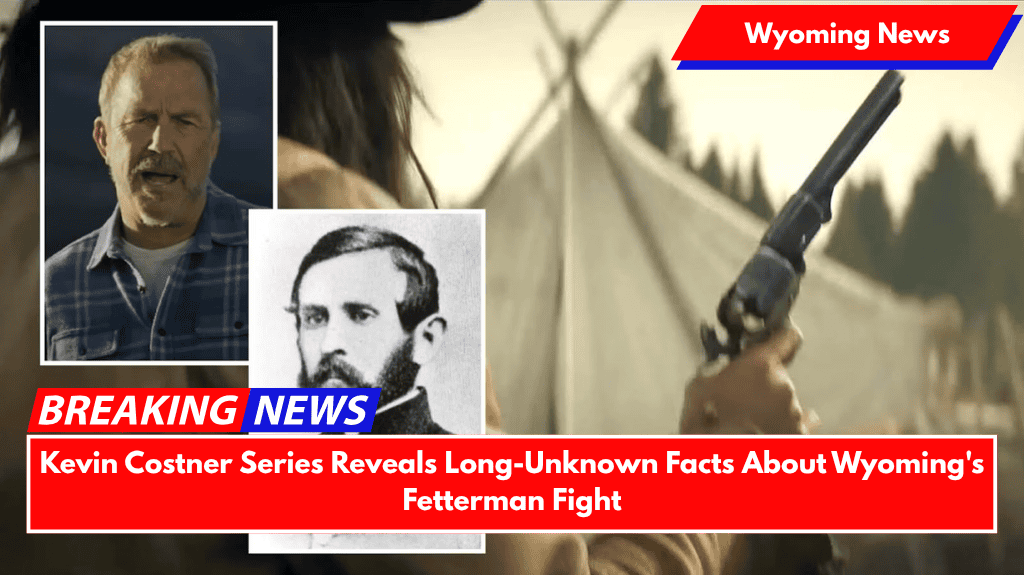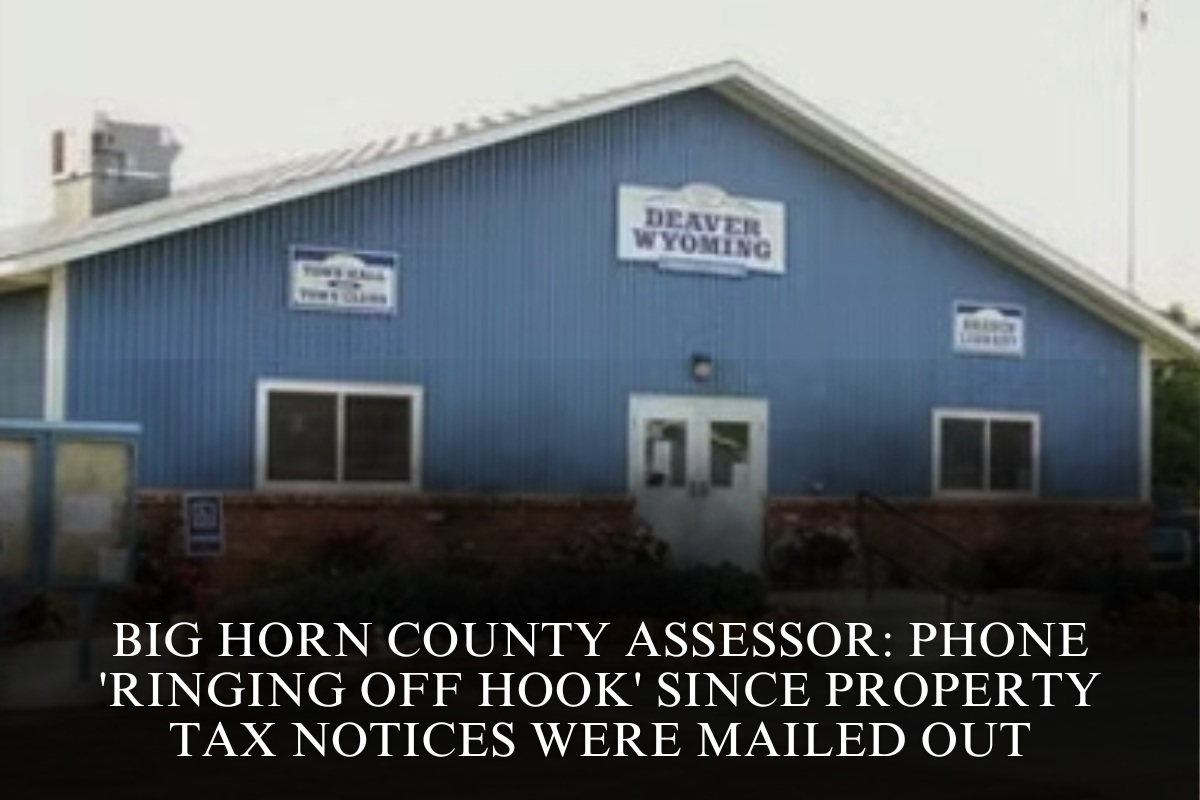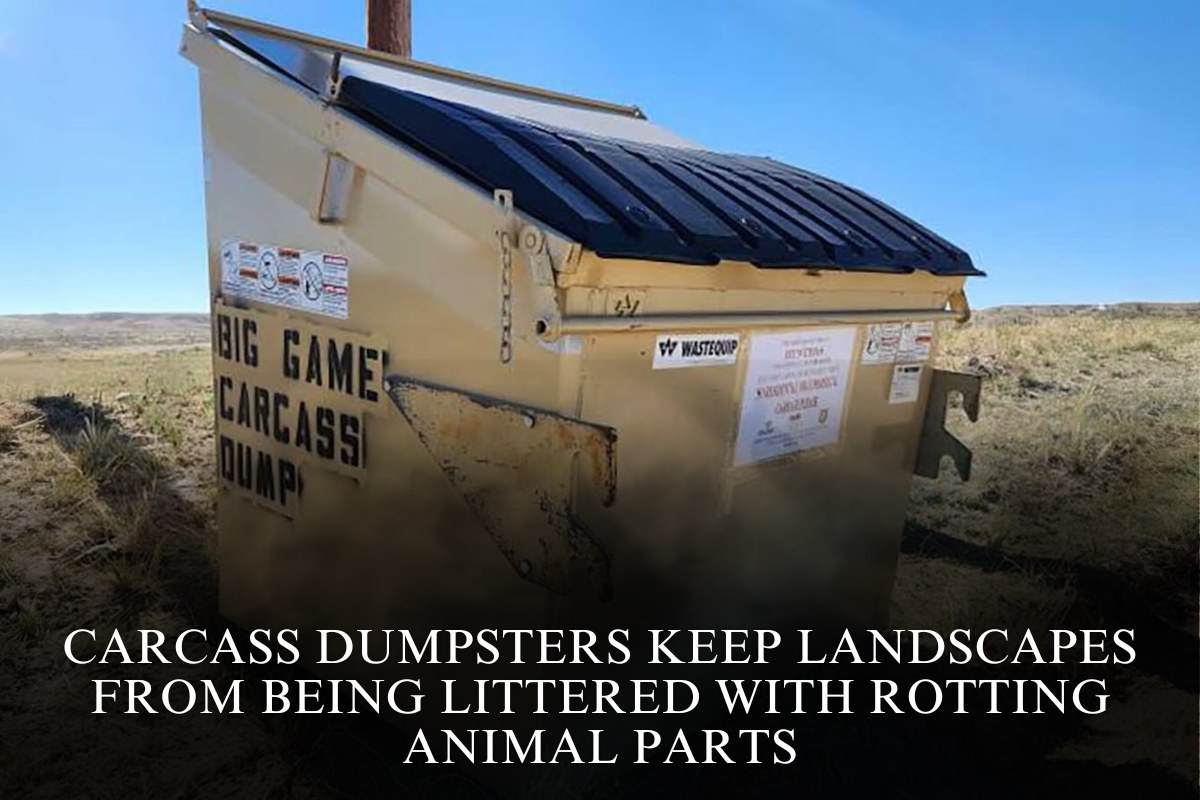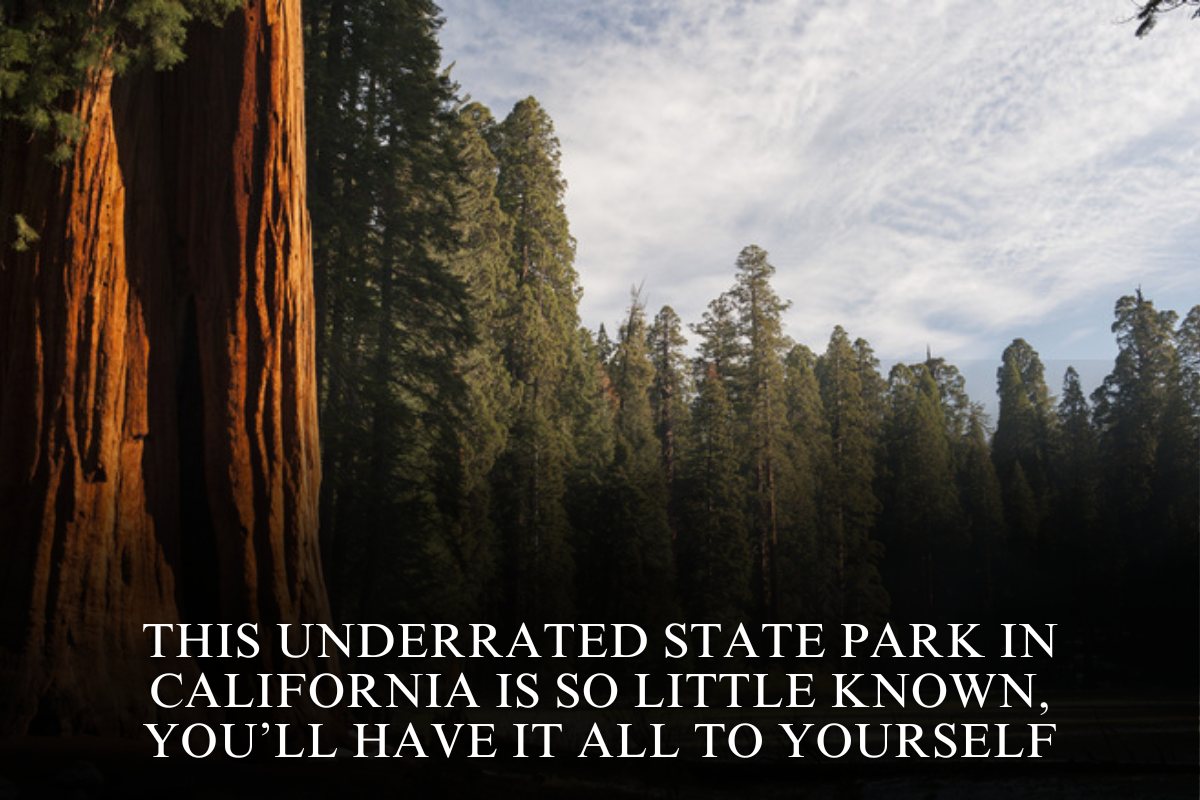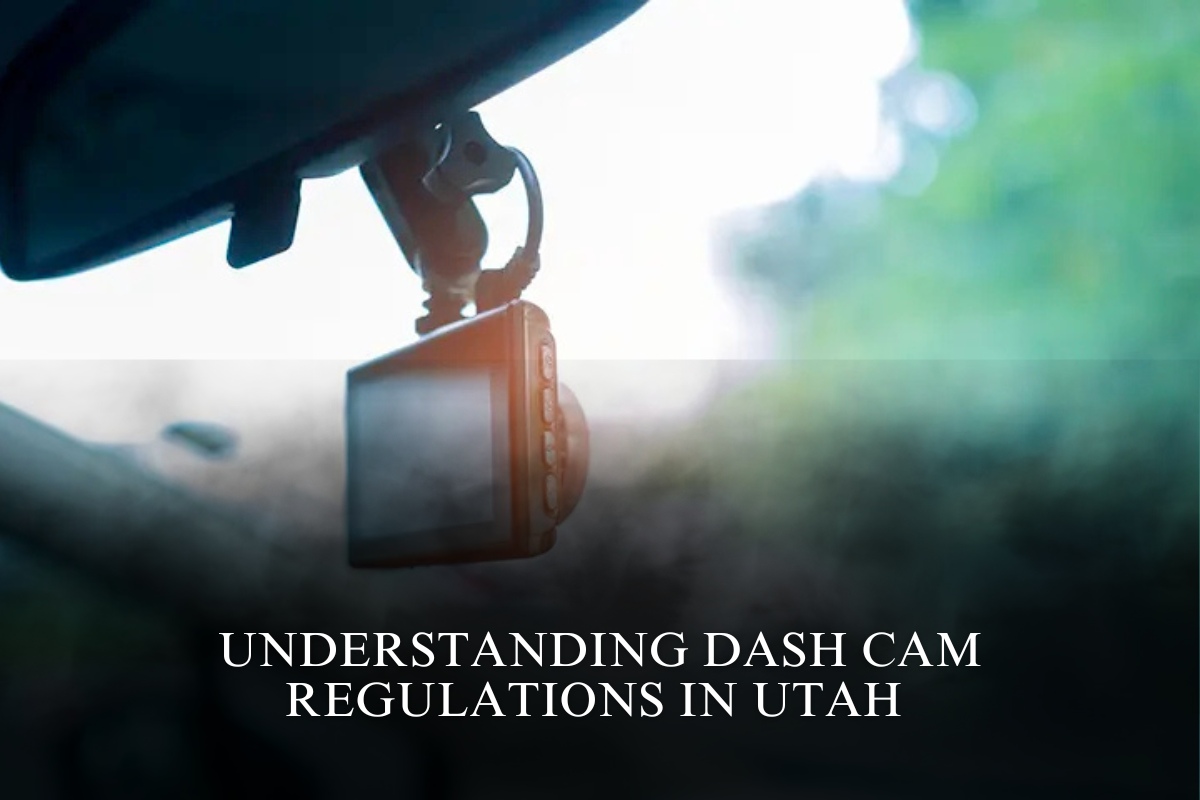The Fetterman Fight, which occurred just outside of present-day Sheridan, Wyoming, is featured in History Channel’s latest docuseries, “Kevin Costner’s The West.”
On December 21, 1866, a group of infantry, cavalry, and civilians led by Capt. William Fetterman were wiped out after riding and marching into a trap set by over 1,500 Lakota Sioux, Northern Cheyenne, and Arapaho warriors.
For more than 130 years, Civil War hero Capt. William Judd Fetterman claimed he could ride through the entire Sioux nation with 80 men. He was portrayed as an arrogant buffoon who defied orders and ran over a ridge to his death.
For years, Fetterman, an orphan with no one to defend his name, was mocked in history for what became known as The Fetterman Fight, or massacre to the cavalry, and The Battle of the Hundred Slain to the American Indians who won.
Then along came a curious scholar who discovered first-person accounts and began investigating the true identity of Fetterman.
Shannon D. Smith, former Wyoming Humanities director, had spent years uncovering Fetterman’s true story and became his staunchest supporter.
She had discovered what other modern historians had already pieced together. Fetterman was the polar opposite of what he was portrayed as; in reality, he was a respected officer by his men and superiors.
Rather than an arrogant spitfire seeking glory, he was a caring and respectful young man.
Smith created a chronological historiography of the event using primary sources and her own research, which she published in 2009 as the book “Give Me Eighty Men: Women and the Myth of the Fetterman Fight.”
Her research was later used by Michael Punke, author of “Ridgeline,” a best-selling novel about the Fetterman Fight. This, she believes, is what prompted actor and director Kevin Costner’s team to contact her about their latest American West project.
History Channel’s ‘The West’
Costner narrates and executive produces the eight-part series. Fetterman’s story will air later this month, and it is based on research conducted by Smith and others using first-person accounts.
During an interview with Fox News Digital, Costner expressed surprise that the stories they covered did not have happy endings.
“Almost everything I found was tragic,” Costner explained. “There weren’t a lot of happy endings, although there were people that made it on the backs of these kind of people.”
Fetterman’s story is one of many tragic tales told by Costner.
His team relied on Smith’s research to tell the true story of Fetterman. The episode will dispel the myth that he was a callous, disobedient officer and tell the story of how the Fetterman Fight shaped the West.
Costner’s team flew Smith to Brooklyn, New York, for a quick trip. She was interviewed for nearly four hours for the new series, where she expressed her enthusiasm for the story behind the myths. Smith had only a week to prepare, but the experience fascinated the Wyoming historian.
“I was interviewed in an industrial warehouse that they rented, and they had a whole little shoot set up with all the lighting and I sat in one of those director chairs,” according to her. “It was really difficult because they wanted me to speak in present tense.”
Smith was interviewed a year ago and has been waiting for the project’s release. When the publicity and announcements for the episode were released recently, she was finally able to break her silence and begin sharing the exciting news.
For Smith, the most exciting aspect of the Costner series is that the story of Fetterman’s true identity will reach a larger audience.
Changing History
It all began for Smith while she was working on her graduate degree in history, when she came across a first-person account at the Nebraska State Historical Society that caught her attention.
“I stumbled on a letter that was written by a woman to a Nebraska historian,” Smith told me. “This letter was asking this historian to help her clear her father’s name, because the very first book of history about Wyoming had just come out, and it claimed that Capt. Tenodor Ten Eyck could have saved Fetterman, but he was too drunk to do so.”
Ten Eyck’s daughter was working hard to clear her father’s name, and Smith said she began following the little thread to uncover more and more information debunking the stories surrounding the fight.
She eventually received 15 letters from various people, all of whom promised to help her clear Ten Eyck’s name.
Seeing so many people dispute the idea that Ten Eyck was too drunk to help Fetterman prompted Smith to question other narratives surrounding the Fetterman Fight.
She eventually concluded that Fetterman had also been maligned, and that the story about him being a buffoon originated with his commanding officer’s two wives.
“Two years after the Fetterman Fight, Colonel Carrington’s first wife wrote a book and tried to clear her husband’s name,” Smith recalled. “The colonel had been accused of mismanaging the fort and having no military skills.”
Margaret Carrington’s book “Absaraka, Home of the Crows: Being the Experience of an Officer’s Wife on the Plains” was a response to the national press and a military investigation that was tarnishing her husband’s image.
Carrington remarried a Fetterman Fight widow after his first wife died in 1870, and she, too, advocated for her husband by publishing a book in 1908, “My Army Life and the Fort Phil Kearney Massacre: With an Account of the Celebration of Wyoming Opened.”
“His second wife also lobbed all of these accusations against Fetterman,” Smith informed me. “After that, all historians just used those two women’s narratives, saying Fetterman was just an arrogant, Custer-like buffoon who didn’t obey Carrington’s orders and ran over the ridge.”
After conducting extensive research, Smith concluded that Victorian women wielded more power than they realized, and it was these women who created the narrative that Fetterman was responsible for the massacre.
“None of the other Army men would question them because you just didn’t question the honesty of a Victorian woman,” Mr. Smith stated. “And so my thesis was about how women developed that myth and actually changed the story enough that it shaped it for 130 years.”
The Real Fetterman
The Fetterman Fight occurred in 1866, the year the Civil War was officially over.
The majority of the soldiers who had arrived at Fort Phil Kearney, particularly the officers, had Civil War experience. When Smith examined Fetterman’s records, she discovered that he was a commanding officer over an entire brigade and once had over 10,000 men under his command.
“Fetterman was very highly regarded by his upper generals and his upper military leadership,” Smith informed me. “He was also very revered and respected by his soldiers.”
The opposite was true for Col. Henry B. Carrington, a lawyer who spent the Civil War away from the battlefield, and Lt. George W. Grummond.
“Grummond was court martialed and cited multiple times for public drunkenness and beating other soldiers,” Smith informed me.
Smith and other historians believe Grummond was the real soldier who defied orders and ran over the ridge into the deadly trap.
“Fetterman had to follow him because he could hear the battle had started,” she said. “I have a lot of evidence that I present in my book that Fetterman really wasn’t this arrogant ass that he was depicted as in most of the history books prior to mine.”
Fetterman’s true character, according to her, was summarized in a letter she read while conducting research.
“One of the young boys in the military band at the fort was married with a baby,” Smith told me. “He described how Fetterman came to visit and placed the baby on his lap. He didn’t strike me as the type of guy who would be so aggressive and arrogant.”
Smith also believes Fetterman did not underestimate the tribes, as widely reported.
“He wrote in one of his reports that these Indians are much more sharp and shrewd and equipped to battle than we’ve been told or prepared for,” according to her. “He knew the Indians possessed the skills. He was not disrespectful to them.”
Fetterman was famous for saying, “Give me 80 men, and I’ll ride through the entire Sioux nation.”
Smith’s research completely refutes that claim, and this is the story that Kevin Costner’s History Channel documentary will tell.
“I just spent a lot of energy in clearing Fetterman’s name,” Smith informed the crowd. “The two wives did not act maliciously. They are protecting their husband, but they were not on the battlefield themselves.”
Smith’s main takeaway from the historical record was that women, motivated to protect their husband’s reputation, shaped the story of one of the most significant battles in Western frontier history.
“Poor Fetterman was a bachelor and an orphan,” she told me. “He had no siblings or anyone to defend his reputation. The soldiers who argued that Fetterman should not be depicted in this manner were silenced because the experts were these high-ranking Victorian female authors.”
Smith is excited to see how the documentary on Fetterman will be presented on the History Channel, and he hopes that the true story is told.
“Kevin Costner’s The West” airs on Monday nights on the History Channel, with the Fetterman episode premiering on June 23.
